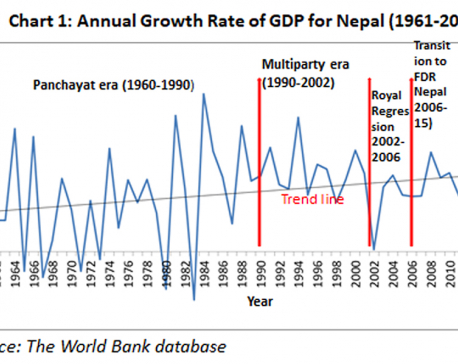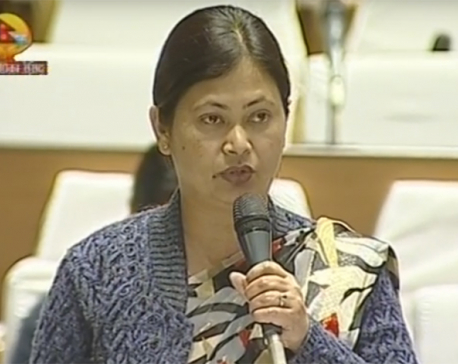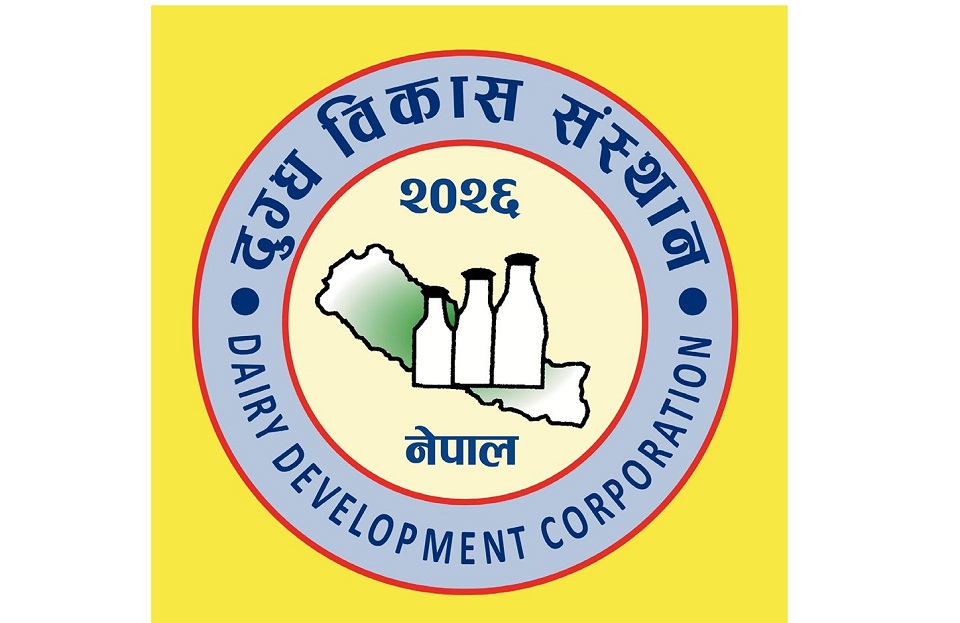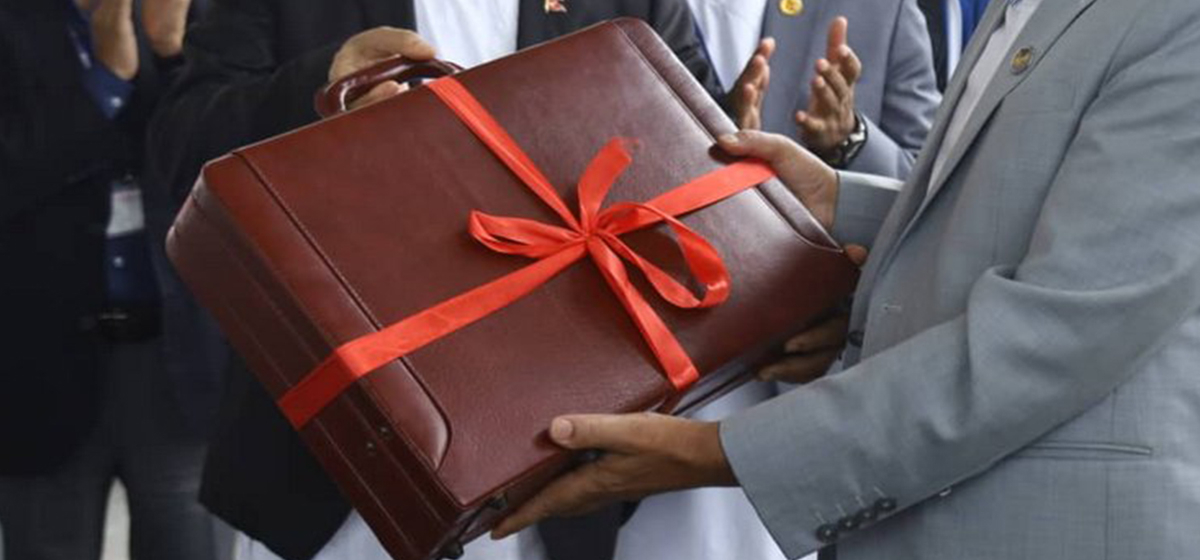
OR
Impact of climate change
What better way to gauge the impact of climate change in Nepal than through the horse’s mouth: the common folks. The first-of-its-kind National Climate Change Impact Survey (NCCIS) conducted by the Central Bureau of Statistics covered over 5,000 households across all three major ecological belts: the mountains, the hills and the Tarai. Most respondents reported significant increase in incidents of droughts, landslides and avalanches, as well as in appearance of new insects and diseases. For instance, responders in 84.47 percent of households said that they had in their lifetime seen significant decrease in amount of available surface water; over 50 percent households in the mountains and hills said they had seen complete drying up of surface as well as underground water. Likewise, the majority of households (50.63 percent) reported early flowering/fruiting of plants while nearly all households (over 92 percent) reported an increase in invasive species of shrubs. Talking to Republica in a recent interview, climate and ecosystem management expert Laxmi Dutt Bhatt had no doubt that these problems are the result of a changing climate: his team’s research offers conclusive proof that Nepal’s climate has been steadily changing since the 1980s.
As Bhatta says, since Nepal is responsible for only negligible emission of greenhouse gases responsible for climate change—with big countries like the US, China and India the major culprits—Nepal’s effort should focus on not mitigation (reduction in emissions) but on adaptation. Accordingly, the country now has a National Adaptation Plan (NAP). It identifies eight key adaptation areas like agriculture, food security, water resources and energy, with the goal of minimizing the impact of climate change in these areas. This won’t be easy. Most of our development plans do not factor in the impacts of climate change. Even when they do, climate-related concerns are seen mostly as nuisance that hinder development by delaying vital projects. Recently, US President Donald Trump announced the pullout of his country from the Paris climate accord, potentially depriving the global initiative of billions of dollars. Trump believes that concerns over climate change hamstrings the American economy, and needlessly saddles the US with big debts. It is hard to foresee how his decision will affect Nepal’s own climate adaptation initiatives.
What we can say for sure is that his feckless attitude to climate change is shared by many of our own top government officials.
Whatever the effects of climate change for the richest country in the world, in Nepal it is fast becoming a life and death issue, as millions of our farmers could be driven into penury as their crops fail or are devoured by insects. The problem of drinking water will also get more and more acute as available sources dry up. With the weather getting more unpredictable, incidents of floods and landslides could also drastically increase. There are no quick or easy fixes to these problems that have accumulated with time. Combating them will similarly be a long-term effort. To start with, there is a need for more frequent and wider debates and discussions on climate change. We no longer have the luxury of wishing away its very real impacts.
You May Like This

'Don't release transport entrepreneurs if they don't agree to end syndicate'
KATHMANDU, May 6: Ram Bahadur Thapa, Ministry for Home Affairs has directed not to release the arrested transport entrepreneurs if... Read More...

Numbers don’t lie
There is no shortage of communist ideologues in Nepal who assume that now is time for the country to solely focus... Read More...

Don’t grant shelter to Indian air marshals: Lawmakers to govt (Video)
KATHMANDU, Jan 23: The issue of a controversial Indian proposal asking for shelter to its air marshals was raised by... Read More...





Just In
- DDC pays Rs 480 million dues to farmers
- Police arrest seven Indian nationals with 1.5 kg gold and Rs 14.3 million cash
- Gold price increases by Rs 1,400 today
- Kathmandu continues to top the chart of world’s most polluted city
- JSP Central Executive Committee meeting today
- Ambassador Adhikari presents his letter of credentials to Turkish President Erdoğan
- Bajhang by-election: Construction of Taklakot Road is common election agenda of candidates
- Meeting of Finance Committee being held today to discuss 2025/25 budget













Leave A Comment